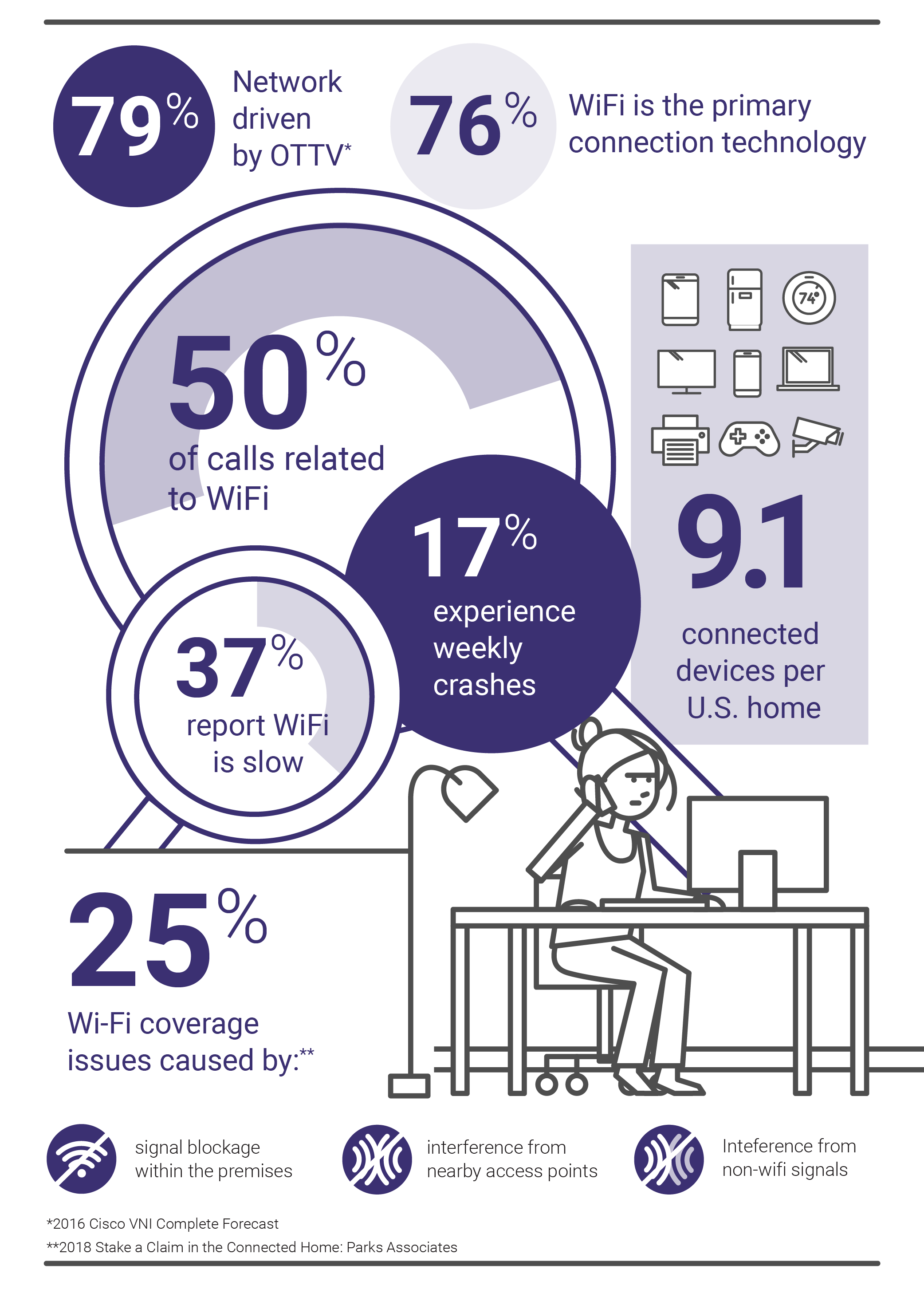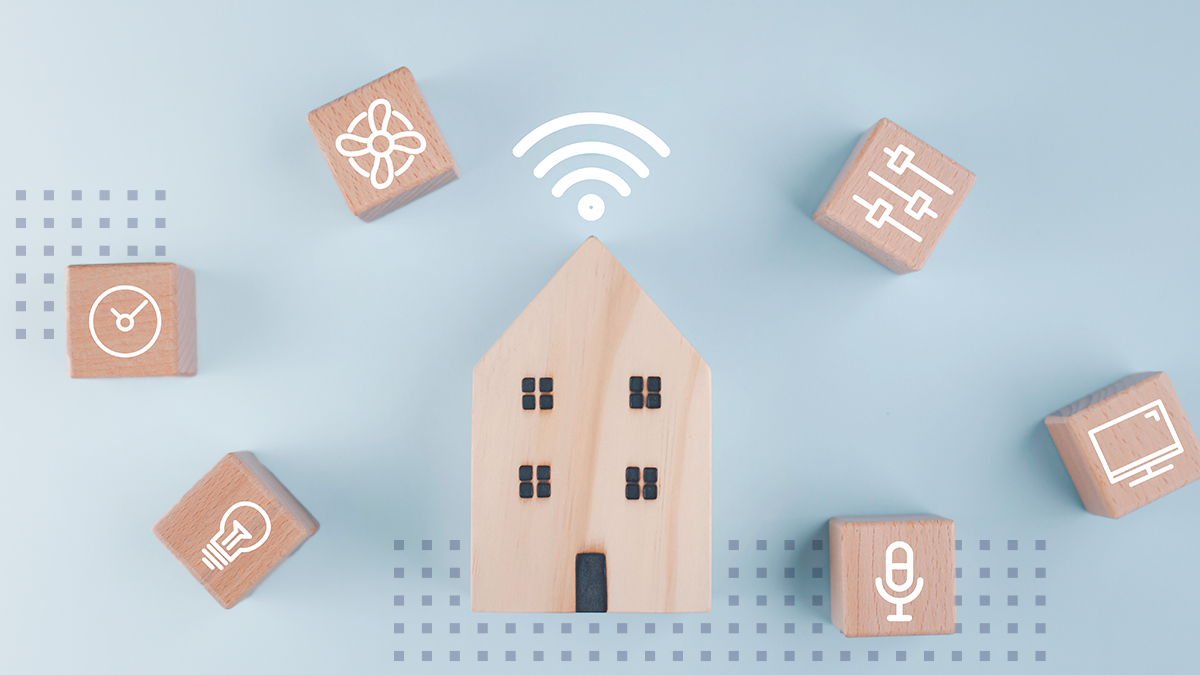Are your Subscribers’ Devices Draining their Bandwidth and Driving More Calls to your Call Center?
Did you know your subscribers have devices in their homes that are negatively impacting your broadband services and driving more calls to your call center? Surprisingly, it’s happening at an alarming rate. Call centers today are seeing 50 percent of calls related to Wi-Fi with an increasing percentage addressing bandwidth loss. This requires customer service representatives (CSRs) to walk subscribers through a lengthy, complex process of elimination to identify and correct increasing call holding time (CHT) and operational expenses. Not ideal.

What's the issue, and more importantly, why is it happening?
Typical broadband services are asymmetrical – typically high download speeds and lower upload speeds. With the advent of cloud services, this low upload speed has become a troublesome issue for service providers and their CSRs.
Microsoft OS 10, for example, has a feature known as Windows Update Delivery Optimization (WUDO). This feature enables subscribers’ computers to act as peer-to-peer servers; the computers can upload to other subscribers downloading updates for Windows 10.
Uploads like this are happening in the background, so in most cases, subscribers are unaware when it’s in progress. So, when the subscriber decides to use their broadband service for Netflix or another service reliant upon broadband, their experience is significantly slowed. Subscribers may run a speed test and see that there is no speed. Their service is not working. They call you.
The Problem: You can’t download if your upload is maxed out.
These cloud services and peer-to-peer solutions secretly max out the available upload stream when the bandwidth is available. The challenge is, these are not short transactions. Uploading potential gigabytes worth of data saturates the upload stream, making simultaneous downloading impossible.
So how can you quickly diagnose, troubleshoot and solve this problem? With Calix Support Cloud and a few clicks, you can identify – in real time – the upload streams coming from a subscriber’s home. This means you will know whether upload capacity is being maxed out and by what service.
For example, you will be able to identify that:
- A subscriber uses Google Photos, and the service is in the middle of an upload.
- With two more clicks, you can identify which of their devices are Google devices and quickly walk the customer through the process of disabling those devices or configuring them to perform backups at a more appropriate time.
It used to take as long as 45 minutes to understand and identify the offending device(s) using a laborious, painstaking process can be handled in minutes with just a few clicks. That’s better for your subscribers, your CSRs and ultimately, your business.
Related Articles




